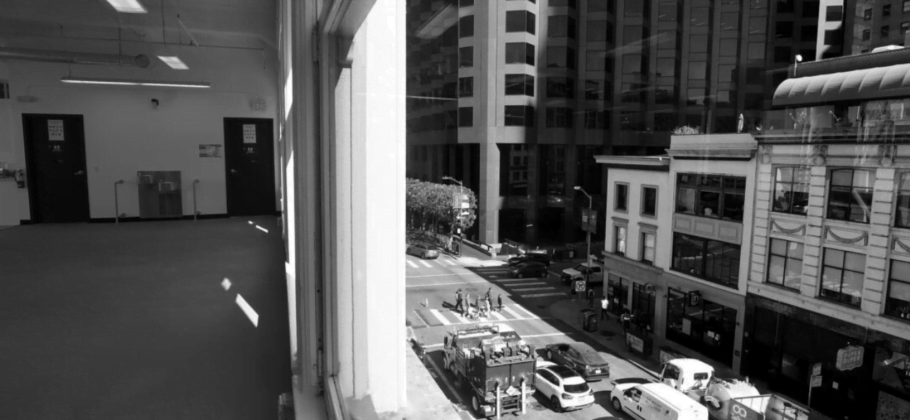Did you know that almost 90% of federal office space in Washington, D.C. has been sitting unused since the onset of the COVID-19 pandemic?
A recent report from the Public Buildings Reform Board (PBRB) reveals that federal office occupancy in D.C. has plummeted to about one-third of pre-pandemic levels. For instance, a Department of Agriculture building designed for over 7,000 employees currently hosts only 456, while a General Services Administration facility with space for 2,532 workers is occupied by just 359.
Occupancy rates at the Department of Veterans Affairs, the Department of Labor, the Nuclear Regulatory Commission, and the Environmental Protection Agency are even more dismal, with each agency using less than 10% of their available space.
“You are more likely to see a ghost than a bureaucrat at some locations,” quipped Senator Joni Ernst (R-IA). “It’s time to get the ghost employees back to their old haunts and Washington back to work.”
Despite President Joe Biden’s push for federal agencies to bring at least half of their workforce back into the office, the reality for many organizations is that remote work continues to be efficient, cost-effective, and preferred by employees for reducing commute times and improving work-life balance.
The General Services Administration (GSA), which manages most federal properties, is collaborating with agencies to address this issue in ways that benefit taxpayers and local communities. The GSA has already announced plans to cut 3.5 million square feet of office space in D.C., estimating $1 billion in maintenance savings over the next decade.
“GSA does not have adequate funding for the maintenance of many federally-owned buildings in the District,” said David Winstead, a PBRB member and real estate attorney. “When buildings aren’t being used and have deferred maintenance, they could be sold, and the revenues could go back to GSA for other real estate needs instead of burdening taxpayers.”
These challenges are under congressional review, with bipartisan calls for federal agencies to accurately assess their space requirements and find ways to sell off unneeded properties.
The shift from in-person to remote work has also led to a decline in local revenue as federal employees who once shopped, dined, and used services in the District are now absent.
“In the past, the presence of federal workers boosted the District’s economy and made the city recession-proof,” noted Yesim Sayin of the D.C. Policy Center. “Now, empty federal buildings are hindering economic activity that would otherwise happen downtown.”
In response to the revenue shortfall, D.C. Mayor Muriel Bowser is considering raising sales taxes and reducing funding for social programs, including affordable housing grants.
A GSA representative told The Washington Times that President Biden’s proposed fiscal budget for 2025 includes $425 million to “reconfigure and renovate federal buildings to better utilize space and expedite the disposal of unnecessary federal facilities.”
Even before the pandemic, federal workers typically used their office space less frequently than private-sector employees, but the scale of unused federal space has now become a national concern. Some suggest that this empty space could help address the affordable housing crises in many U.S. cities.
The PBRB, an independent agency established in 2019 to eliminate or consolidate underused federal spaces, compiled its report by analyzing cell phone activity in buildings from 2019 to 2023. This report, submitted to the GSA, Congress, and the Office of Management and Budget in March, aligns with findings from the Government Accountability Office, which used swipe-card data to assess building occupancy.








